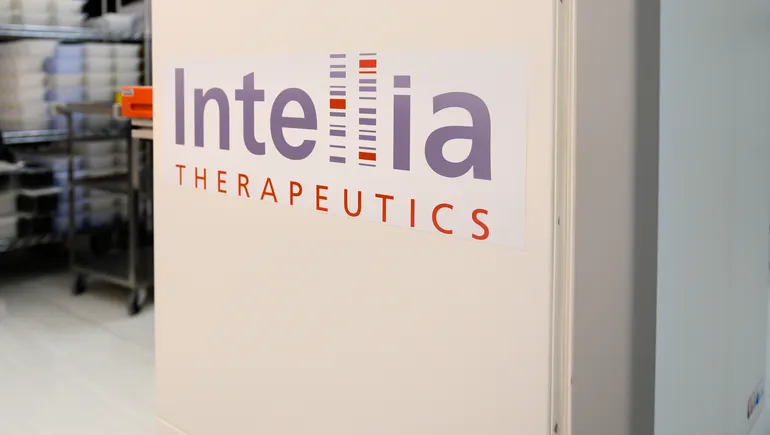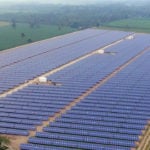High‐Performance Ultrathin Flexible Organic Solar Cells Through the Modification of Self‐Assembled Monolayers
Advanced Energy Materials, EarlyView.

Although significant progress has been made in the study of self-assembled monolayers (SAMs) for rigid organic solar cells, the exploration of SAMs in ultrathin flexible devices is still limited. In this work, uniform coverage on flexible electrodes is achieved by the modification of Br-2PACz, simutaneously improving efficiency mechanical stability of the devices. The optimized ternary rigid OSCs achieve a PCE of 19.7%, while the ultrathin flexible OSCs achieve a PCE of 17.5%, demonstrating the promise of modified SAMs for next-generation wearable photovoltaics.
Abstract
Ultrathin flexible organic solar cells (OSCs) have emerged as promising a power source for wearable technologies owing to their solution-processability, excellent mechanical flexibility, and conformability. In recent years, self-assembled monolayers (SAMs) have garnered considerable attention in the fabrication of high-performance thin-film solar cells owing to their tunable interfacial properties. However, research on the application of SAMs in ultrathin flexible OSCs remains insufficient. A critical limitation arises from the aggregation of SAMs on flexible indium tin oxide (ITO) surfaces, leading to poor surface coverage. In this manuscript, a facile strategy is developed through the modification of Br-2PACz SAMs using H-TPAc, which enables the formation of uniform and dense SAMs on flexible ITO electrodes, thus simultaneously enhancing device optoelectronic and mechanical properties. Based on the modified SAMs, the PM6:L8-BO:BTP-eC9 ternary rigid and ultrathin flexible OSCs devices achieve efficiencies of 19.7% and 17.5%, respectively. The use of modified SAMs by mixing with H-TPAc small-molecules exhibits exceptional potential for pioneering next-generation hole transport layer (HTL) materials and advancing high-performance flexible organic solar cells.

















































































































































